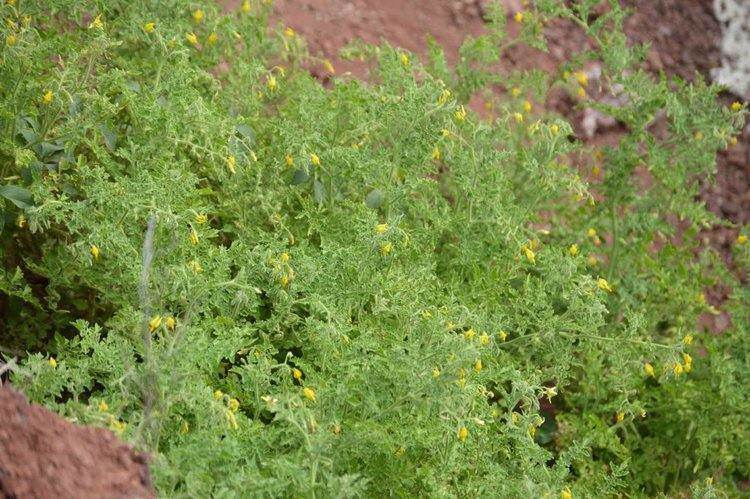One of KAUST’s key advantages is that it provides research and industry partners with the opportunity to conduct experimental research in an empowering environment with exceptional facilities, labs, equipment and support.
KAUST’s Innovation and Economic Development Department provides a strategically connected network of innovation and economic development initiatives, including its Research and Technology Park, industry engagement, startup funding, technology transfer and climate of entrepreneurship.
However, in addition to these impressive indoor offerings, outdoor testing facilities are equally as important. As new innovations are developed at KAUST, outdoor tests are often needed to complement indoor facilities, enabling the testing of hypotheses that cannot be tested indoors, as well as enabling the movement of innovations towards the marketplace by moving them from the lab into field conditions that are more relevant to many market conditions.
KAUST, in collaboration with industry, has a track record of success at developing outdoor testing facilities. For example, KAUST’s New Energy Oasis (NEO) has been an important tool in testing KAUST’s solar-related innovations and other prototypes. There are now plans for the further evolution of KAUST’s current outdoor testing facilities, especially in the fields of solar energy and agriculture. This development is welcome news for Dr. Mark Tester, Professor of Bioscience and Associate Director of the Center for Desert Agriculture at KAUST.
Tester currently conducts outdoor experiments on a number of agri-food products with the hope of creating new breeds that are salt resistant. For example, his team are identifying genes in tomato species from the Galapagos Islands that have salt-resistant characteristics. These tomatoes are so durable they can grow on sea rocks with minimal soil and fresh water. Tester is studying varieties of tomatoes, barley and quinoa in Saudi Arabia with similar salt-resistant traits.
These salt-resistance genes occur in extant germplasm, and can be introduced into commercial lines through breeding (so the products are not genetically modified), and have obvious applicability to Saudi Arabia and the region. In a region where fresh water is scarce and desalination processes are quite expensive, using brackish water (i.e. water that is salty, but not as salty as sea water) for agricultural irrigation could be a significant game changer.
“What we are aiming to develop at KAUST is a whole new agricultural system based on salt-resistant crops that could be irrigated in desert climates with cheap and plentiful brackish water,” said Tester. “This could be a revolutionary solution for dealing with global food security issues,” he added.
With brackish water being so cheap and plentiful and with food security an ongoing global challenge, Tester’s salt-resistant crops could grow plentifully in areas that are now deserts (e.g., Saudi Arabia, parts of Libya, Thar Desert in Pakistan, Mauritania etc.) but have large sources or aquifers of brackish water.
Tester is especially excited about quinoa and thinks the salt-resistant strains of quinoa could have huge export potential for Saudi Arabia.
“Quinoa sells for US$3000 a ton and we could grow clean, organic quinoa in the desert irrigated by mostly sea water. This would be an attractive product for many health conscious consumers,” said Tester.

